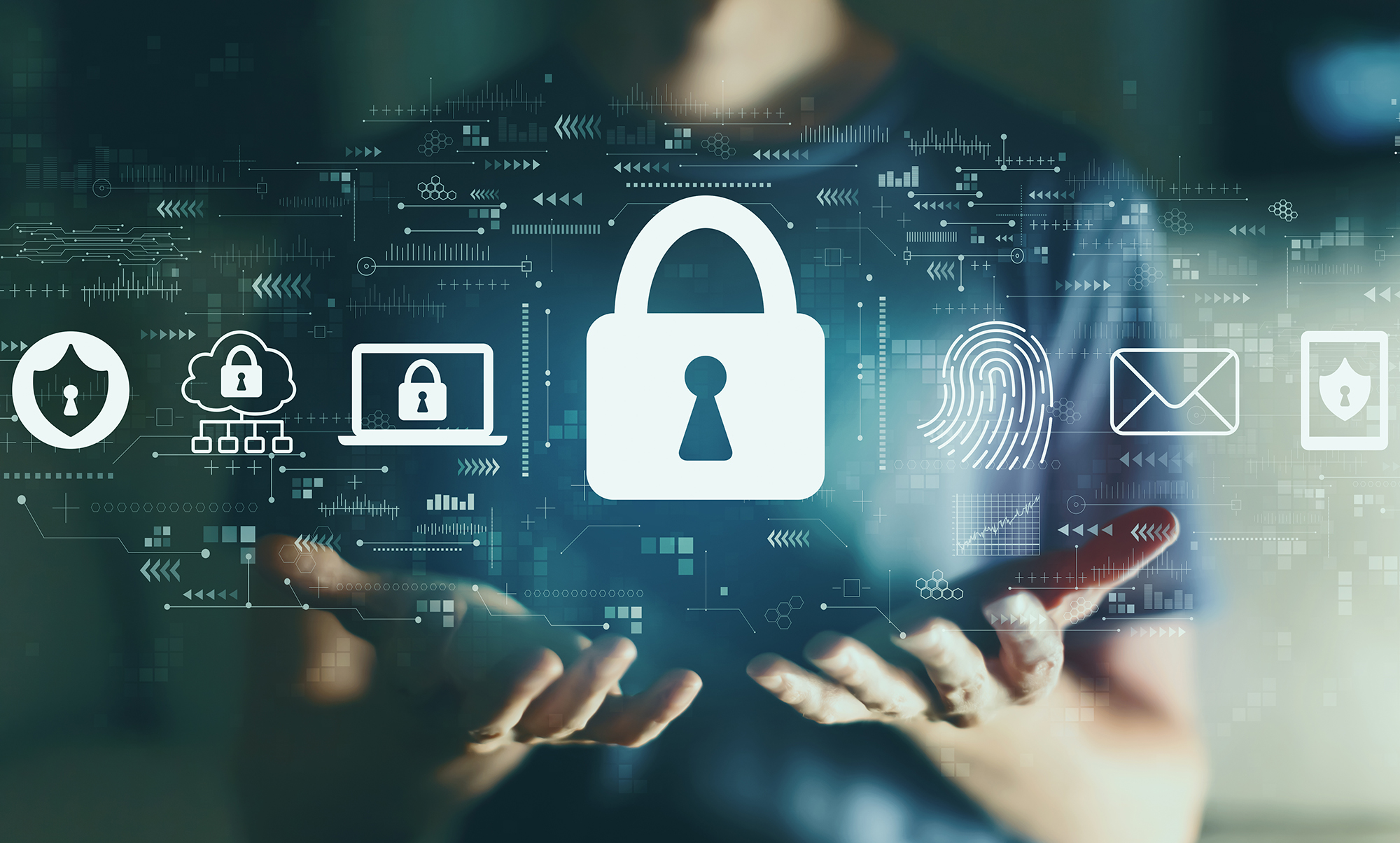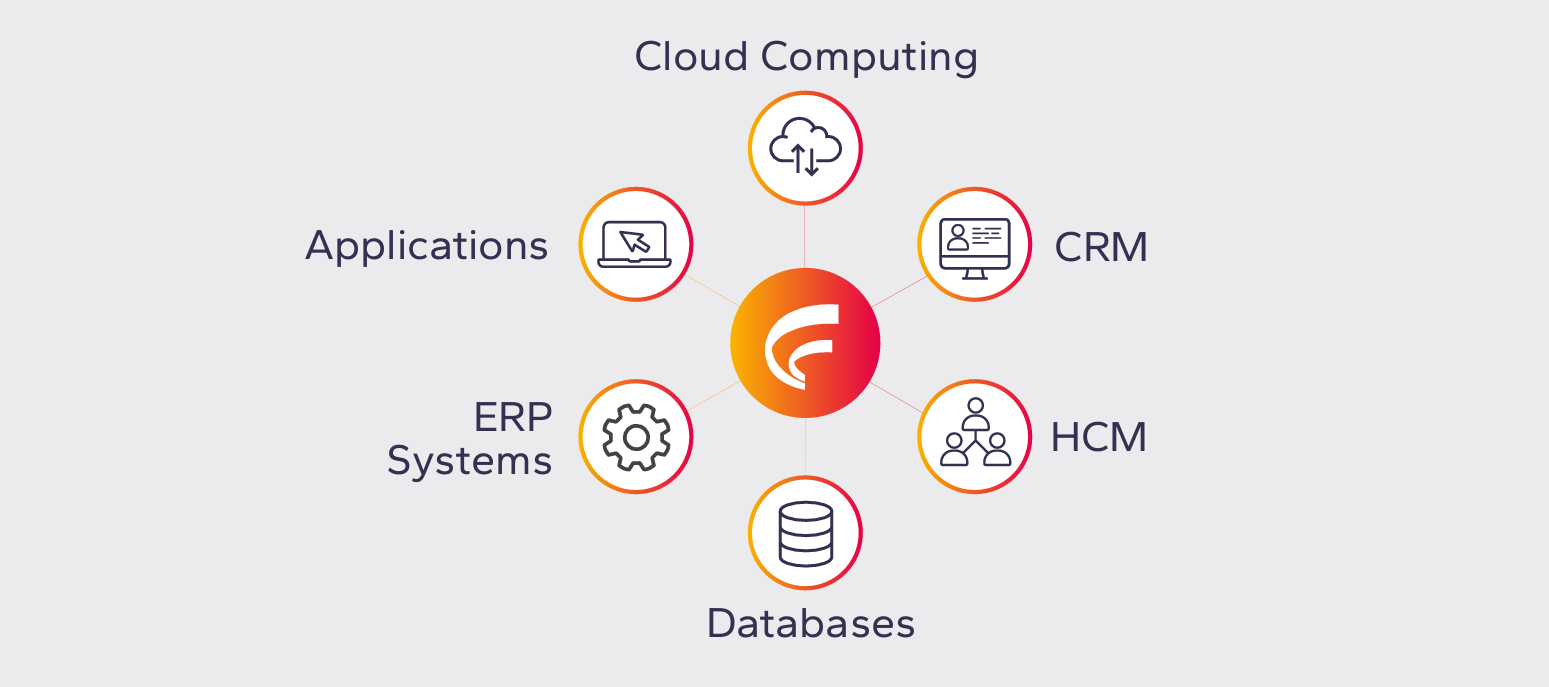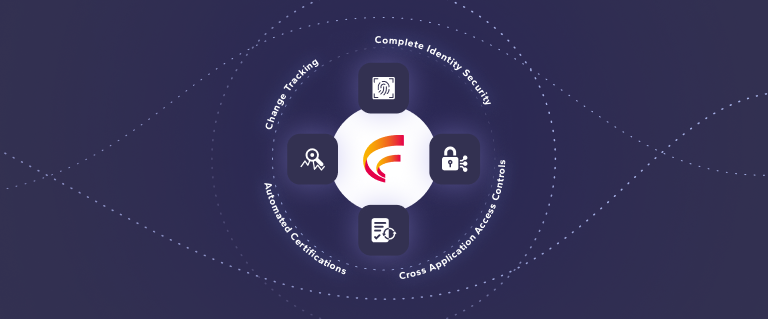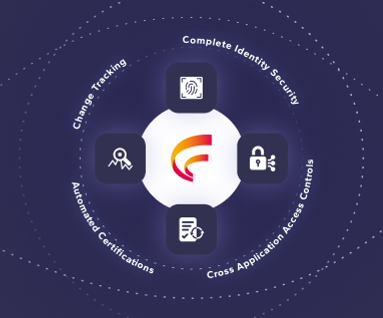Protect Your Organization with an Identity-Centric Approach
By Stuart Beattie
03/23/2023
9min read

Increases in remote working and cloud migration mean managing user access has become more critical than ever. Granting excessive access to users or not revoking access when employees leave can lead to security and compliance risks. Immature organizations grant access randomly, while slightly more mature companies struggle with manual processes, which are inefficient and prone to human error. A dedicated solution and defined procedures are essential to managing user identities effectively.
In this blog, we explore the potential dangers of poor identity management and explain how an Identity Governance and Administration (IGA) solution can prevent security and compliance issues while improving IT and user productivity.
Challenges Facing Organizations
There are three main challenges facing organizations that an IGA solution can help address:
- Security - Breaches from internal employees, partners, or external hackers can result in attackers stealing, changing or deleting information. Stolen information can result in a loss of competitive advantage. Changed data can lead to inaccurate financial information, incorrect records, and long-term consequences. In addition, deleted data can cause significant disruptions and loss of critical business data, resulting in financial loss, hefty fines, productivity loss, and reputation damage.
- Compliance - To operate within certain industries and geographies, organizations must comply with multiple regulations, including HIPPA, PCI-DSS, and GDPR. Internal regulations are also crucial to a company's longevity and protect it against commercial risks. Failure to comply can lead to exposure to commercial risks, hefty fines, negative press, and loss of brand reputation or ability to trade in a particular geography.
- Efficiency - Ensuring security and compliance across an organization without the right tools and processes can lead to a loss of IT efficiency and employees being unproductive longer than necessary.
What is Identity Governance and Administration?
An IGA solution ensures that employees, third-party contractors, customers and other users have the right access to the right resources to do their jobs and no more. You need to grant users the right access to perform their roles effectively. However, granting them too much access presents potential security and compliance risks. An IGA deployment has a variety of modules that automate the management of this delicate balance.
Only 37% of organizations are confident or very confident that they can immediately remove access once an employee leaves their organization.
Identity Lifecycle Management
An IGA solution automates the join-move-leave processes of managing users' access to digital assets throughout their employment or contract. It provisions access to the applications and resources required for new starters based on their role and other contexts. It also changes access for users who change roles or departments and deprovisions access for leavers. Integrating an IGA solution with an authoritative source, such as an HR database, frees up IT resources while ensuring quick access rights changes for users.
Managing Access
Organizations grant new starters initial access rights based on their roles. As employees progress or students continue their studies, they may need additional access rights. Manual requests for more access are inefficient and slow and can result in security risks if the organization grants permissions incorrectly. An IGA solution offers self-service access requests, automated approval workflows, and automated access provisioning. The administrator sets up these automatic processes based on workflows and rulesets to control access levels, approvers, and provisioning.
Aligning with the Organization
To support your organization's security, compliance, and efficiency needs, an IGA solution must align with your organizational structure. This involves managing roles and policies to match the business.
Roles define a collection of permissions or entitlements assigned to users based on their job responsibilities. For example, an accountant role could include access to email, a shared drive, printing services, and the company accounting software. It is essential to review roles regularly to ensure they are still accurate and aligned with business needs.
Policy management involves defining, implementing, and enforcing policies that govern the management of digital identities and access to resources. Effective policy management helps minimize the risk of security and compliance breaches and data loss.
Governance
50% of organizations are not confident that their users have suitable access to applications according to their job role.
Access certification is crucial for validating and certifying user access rights to ensure they align with security policies and compliance regulations. IGA solutions request business application owners or managers to review user access rights and either approve or reject them. This process helps identify and eliminate access-related risks, ensuring employees have appropriate access to applications and data.
Separation of Duties is also vital. An IGA solution allows you to define and implement policies to separate critical functions among different individuals or departments, reducing the risk of fraud, errors, and security breaches.
Benefits of an IGA Solution
IGA solutions provide many benefits for organizations, including:
- Improving security by preventing unauthorized access from internal or external bad actors.
- Increasing compliance with industry and government regulations such as HIPAA, PCI DSS, SOX, and GDPR.
- Streamlining identity management by reducing the time and resources needed to provision, manage and de-provision users.
- Increasing visibility through a centralized view of user access rights and identifying potential security and compliance risks.
- Increasing productivity by allowing IT teams to set up new user access quickly and efficiently without compromising high levels of security and compliance.
- Improving audit trails of users and activity and making it easier to comply with audit requirements.
Summary
As digitization projects increase, remote work becomes more common, and applications move to the cloud, organizations can no longer rely on manual processes to ensure users have access to the right resources.
An effective IGA implementation helps organizations to be secure and compliant while replacing their manual processes with streamlining workflows that increase productivity for both IT teams and employees.
Learn more about how IGA solutions (like Fastpath) can do to help by watching our recent webinar.











 (515) 276-1779
(515) 276-1779  (515) 864-0318
(515) 864-0318  info@gofastpath.com
info@gofastpath.com